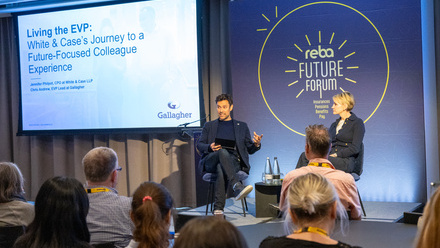4 overlooked challenges to preparing your benefits strategy

4 overlooked challenges to preparing your benefits strategy:
1) Understanding your employees’ behavioural data
Marketers use data to analyse their customers’ behaviour and make better decisions, and we think you should take the opportunity to analyse data about your employees to help you make better decisions about your benefits package. It’s the first (and easiest) step to understanding what flexibility and choices your people want.
HR, perhaps with payroll’s support, need to start analysing data properly to identify trends. If you’ve had online benefits for a number of years this hopefully shouldn’t take too long.
2) Understanding your audience
The second step is to ask your people what they want. In my experience, it’s the most overlooked task. It’s more than just asking via online surveys, it’s about getting in front of employees and asking them “what do you think about our benefits?” to truly understand what your employees want and value.
But don’t forget - senior stakeholders are your audience too. Some of the projects for benefits and pensions can span over two years, so make sure you keep talking to your stakeholders at regular points. By managing expectations internally, you will gain supporters for the changes and potential delays in the end goal.
3) Deciding what really drives your benefit strategy
It goes without saying; objectives will be different for HR and senior stakeholders. The key is to form a clear strategy which meets everyone’s objectives to help build your business case for change.
The management team will have a good understanding of where they want to be. So speak their language, gain their support and enable them to have a transparent view of the outcomes your benefit solutions and spend will achieve.
4) Getting stakeholder buy-in
For HR to influence senior stakeholders you need to be seen as confident in all situations. While it is completely natural to experience dips in confidence from time to time, it is important to manage these when they occur. In fact I recently wrote a blog on achieving this much sought after goal.
Dipa Mistry Kandola is head of flexible benefits at Lane Clark & Peacock.
This article was provided by Lane Clark & Peacock.







